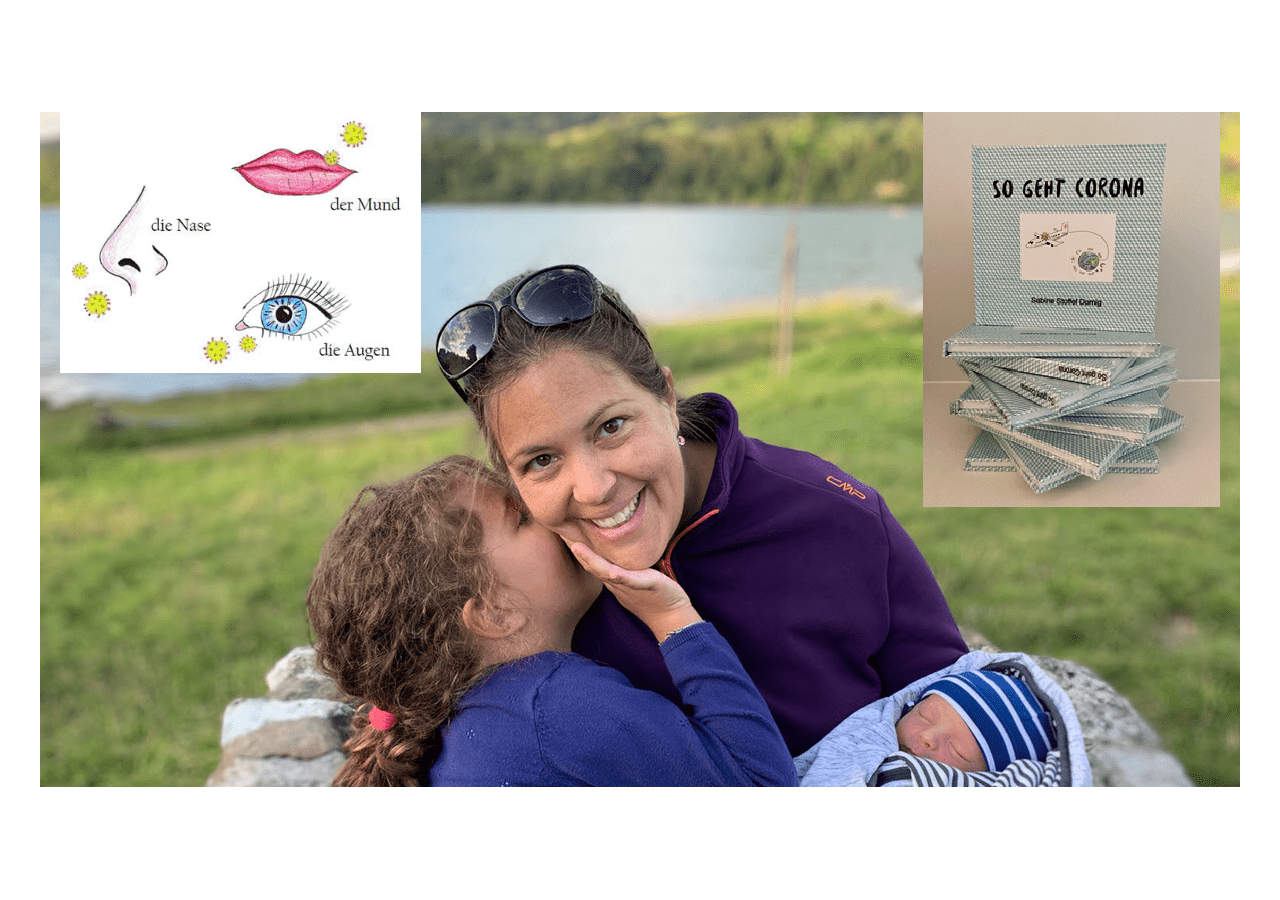If you’ve spent time with kindergartners, you know that they tell it like it is.
They’re delightfully unguarded and every topic is fair game, even COVID-19. During the pandemic, Switzerland-based CSL Behring R&D project manager Sabine Stoffel found herself on the receiving end of those questions as she accompanied her daughter and a group of neighborhood children to kindergarten. Along the way, she answered their questions about the novel coronavirus and these memorable discussions prompted Stoffel to write a scientifically grounded book for children.
Stoffel, who is Associate Director in R&D at CSL Behring in Bern, Switzerland, is also now the author of “So Geht Corona,” which means “That’s How Corona Works.” Sweet and simple illustrations by Stoffel help draw kids into the topic. The book is in demand from kindergarten classes, pediatrician’s offices and libraries. Stoffel is also fielding requests to translate the book into other languages, including English. We asked her to tell us about how a walk to school led to a book.
How does a scientist end up writing a children’s book? 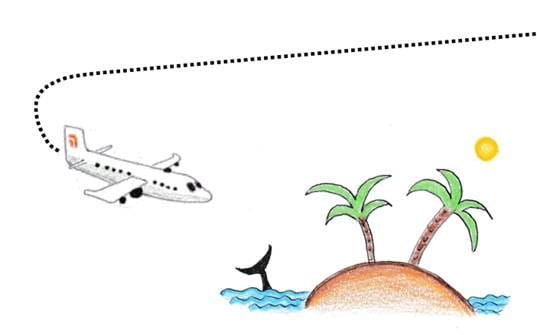
Already during the lockdown in March, my daughter wanted to know more about the virus and kept asking me what new rules the "Boss of Switzerland" (Federal Councillor Berset) had set up. Sometimes funny questions and suggestions came to light: "Can't we tie the feet of the virus together so that it can't jump so far?" or "Why don't we just put Corona in jail?"
It soon became clear that I would not get anywhere with very simple answers. It was also important to me to pass on scientifically sound information in a way that was suitable for children. Corona was and is on everyone's lips, and the children hear a lot about it. Nevertheless, they do not understand a lot of it.
After the birth of my youngest, Fabio, last summer, I was on maternity leave. During this time, I regularly accompanied our oldest, Elena (5), and her friends on their way to kindergarten. I heard Elena tell the children about the virus and the "little soldiers" in our blood that make sure we don't get sick. This filled me with pride.
Why were pictures so important to include in "That's How Corona Works?"
In talking with Elena and other children, I noticed that they understand current events much better using drawings and examples from everyday life. So science had to be put simply into a picture story. I have been drawing with Elena since she was very little. So it was not surprising that one day she asked me if I could show her how to draw a coronavirus or cells of the immune system. That's how the first sketches for the children's book came about. For hours, I drew viruses, B and T cells, noses and disinfectants. With Elena’s guidance, I was able to see what young children like. When the story was finally finished, I was delighted that she kept asking me, "Mom, will you tell me a little more about corona?"
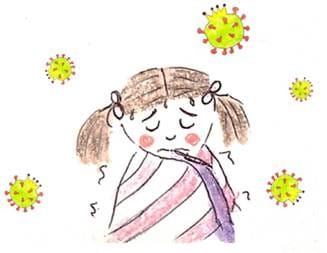 How did you end up selling the book by now? And what has the feedback been like?
How did you end up selling the book by now? And what has the feedback been like?
At first, the idea was to print the book only for the family, as a souvenir of 2020. Then I was approached by other parents, and later by the daycare and kindergarten, asking if they could also get copies. Word-of-mouth did the rest. In October of last year, I decided to print a larger edition of the book. I created the cover and typesetting myself. I found open ears among daycare centers and pediatricians. "Pediatrics Switzerland" shared my book on its homepage in the "Worth reading" section. Three libraries now have "That's How Corona Works" in their collections. By Christmas, all 100 books were sold.
I was particularly pleased with the feedback from my colleagues at work: they were amazed at how their children understood the most important basic principles of immunology after only a short read – even for those as young as 8.
What do you want to achieve with the book, what was your motivation?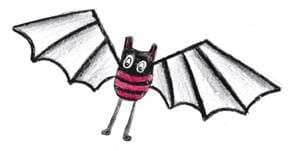
My daughter's thirst for knowledge and her many questions were the driving force behind this project. By listening to her, I became aware of how much misinformation she gets from her environment. I wanted to explain to her what COVID-19 is, how the virus can harm the body, how to recognize COVID-19, how to protect yourself and others, and how a vaccination might work (at that time no vaccines were yet approved). The children had to do without many things in the last few months, such as the much-loved dance lessons, vacations at the seaside or visits to their grandparents. I wanted to provide explanations as to why this is so. If the children understand, it is easier for them to do without for a while.
Fear was another driver. The children are afraid of the "evil" virus and quickly panic when a child in their immediate environment has to go into quarantine. Elena, for example, thought she would be locked in a house alone as soon as she had to go into quarantine. For the children, the issue is omnipresent during this time. In addition, their daily life is restricted (masks are compulsory for teachers and childcare, no gym classes, no hugs, etc.). A good explanation is essential here.
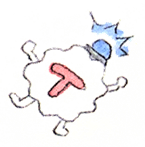 And what are your plans for the future with the book?
And what are your plans for the future with the book?
I am back to my daily work as a scientist. I like to spend my free time with my family. There is not much time for side projects. But I have a lot of ideas: One of my books has made it into an Australian children's room, so an English translation is needed. In addition, it would be interesting to expand the "So geht das" series with "That's How Vaccination Works" and other topics.
All in all, it was a very enriching experience for me to tackle a completely different project for once. It shows me that sometimes you should just have the courage to try something new. The children's beaming eyes are the biggest reward.
" The children had to do without many things in the last few months. I wanted to provide explanations as to why this is so. "
Sabine Stoffel Domig, R&D Project Manager and children's book author



